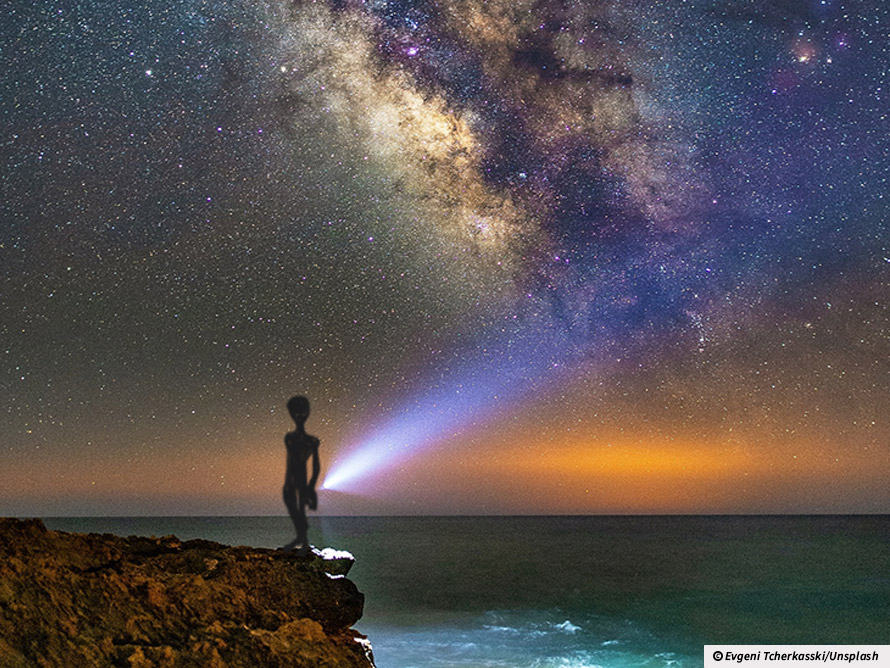Can we believe it this time? The next 12 months will see a host of exciting space missions — and the development of a telescope specifically designed to detect other life forms.
This could be the year… we find aliens
 Living room: Nearly every star is thought to host planets and many could be habitable.
Living room: Nearly every star is thought to host planets and many could be habitable. Glossary
Nasa - The National Aeronautics and Space Administration, responsible for the US space programme.
Imminent - About to happen.
Astrophysics - The study of the physical laws and ideas that explain how the stars and planets work.
Milky Way - The galaxy that contains our solar system. It has the structure of a disc, but looks to us like a band because we are inside it.
Light years - A unit of measurement equal to the distance that light travels in one year, which is 9.4607 times 1012 km. That's nearly 6 million million miles!
Methane - A particularly strong greenhouse gas produced by fossil fuels and cattle.
Ultraviolet - A form of electromagnetic radiation that cannot be seen by the human eye.
Infrared - A type of electromagnetic radiation (a wave with electricity). The wave is longer than light which humans can see and shorter than microwaves.
